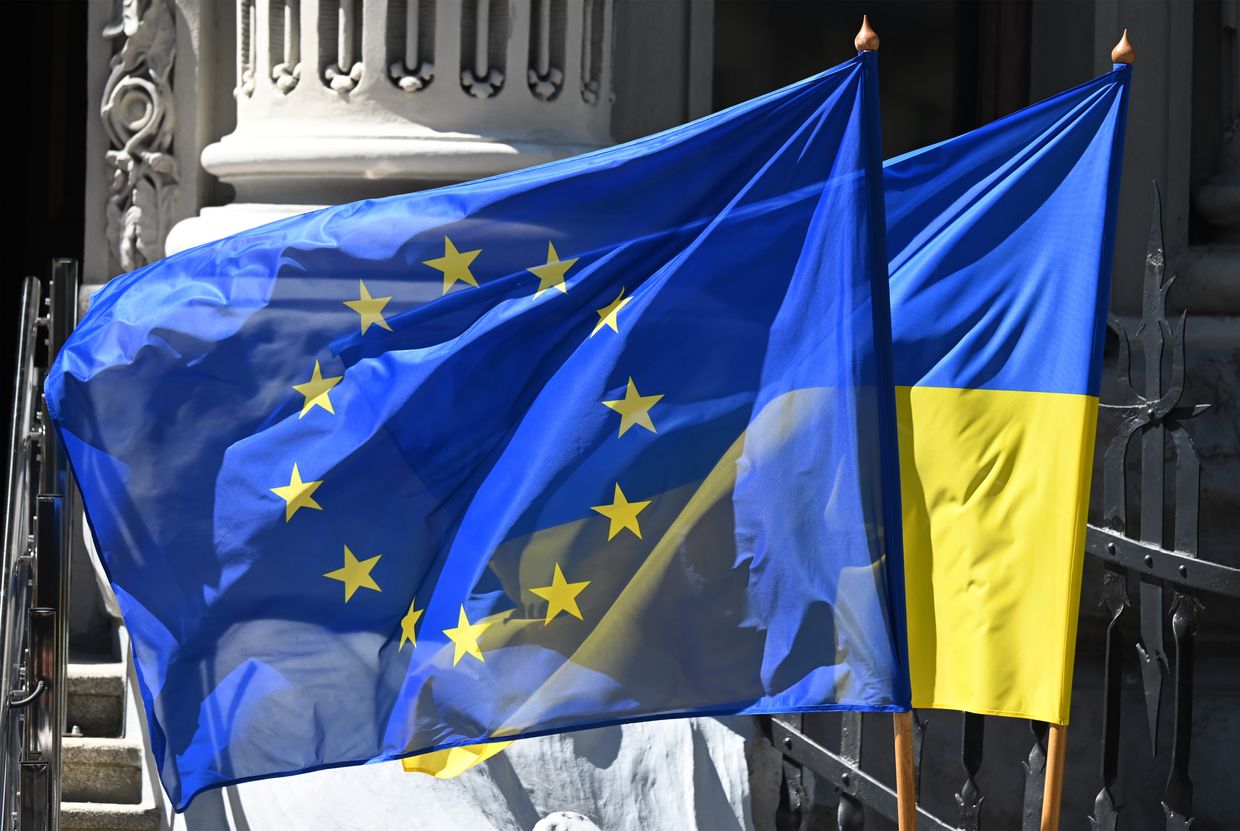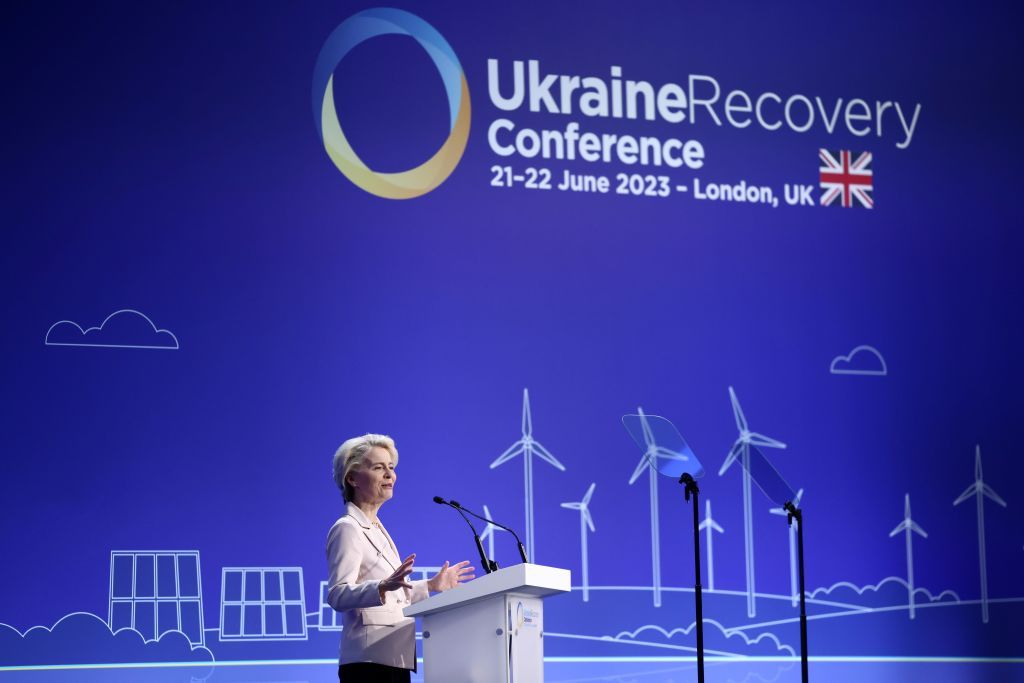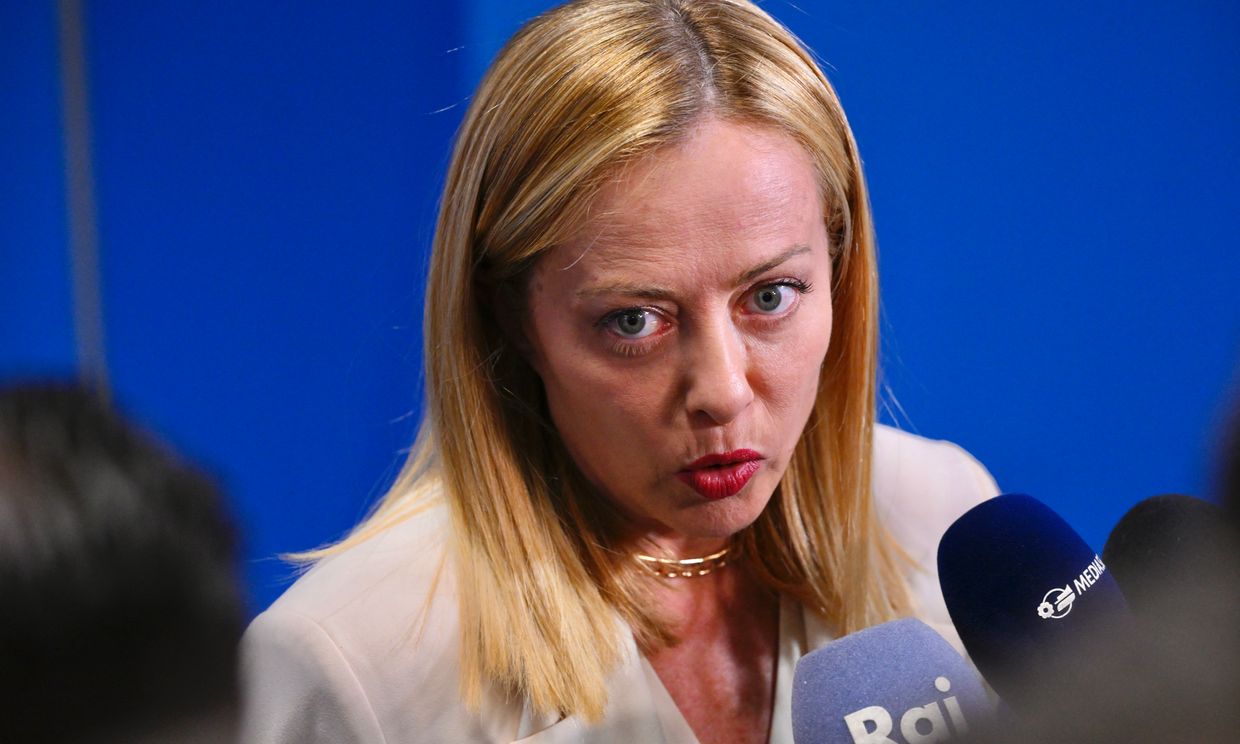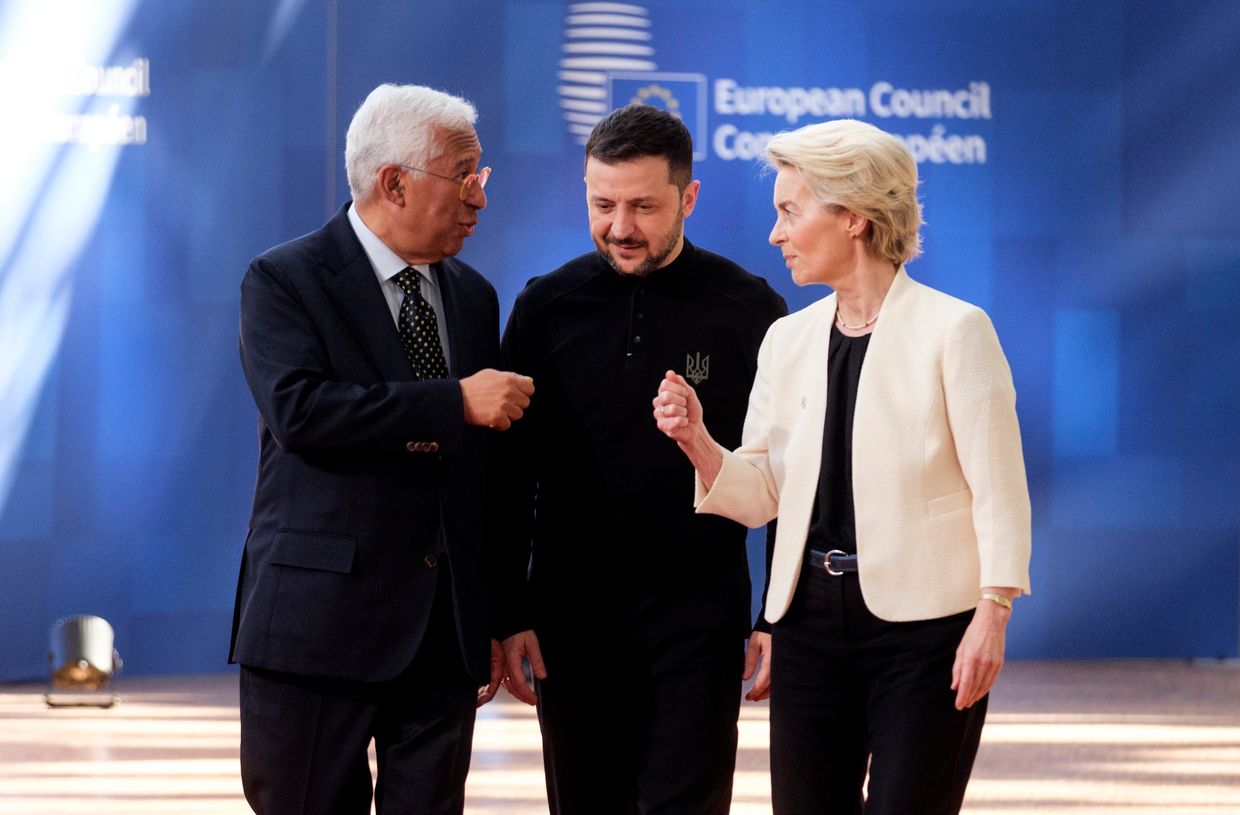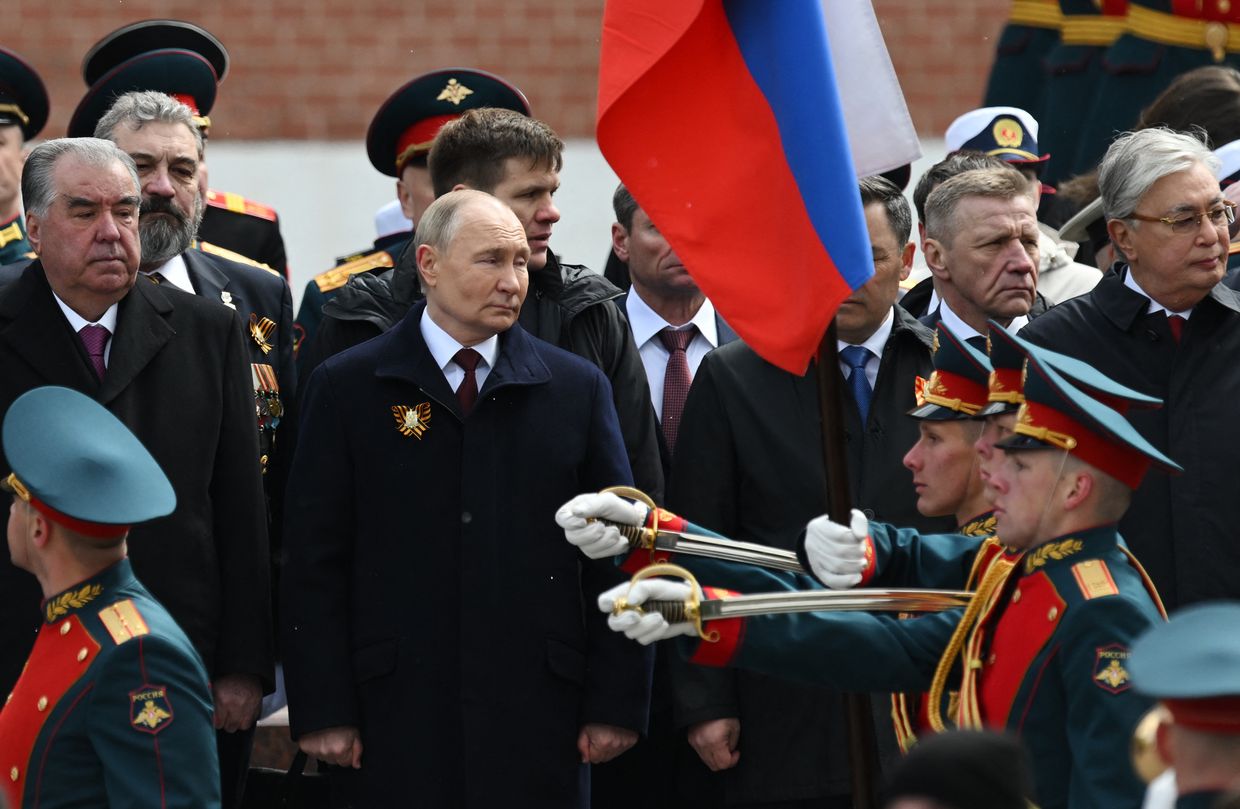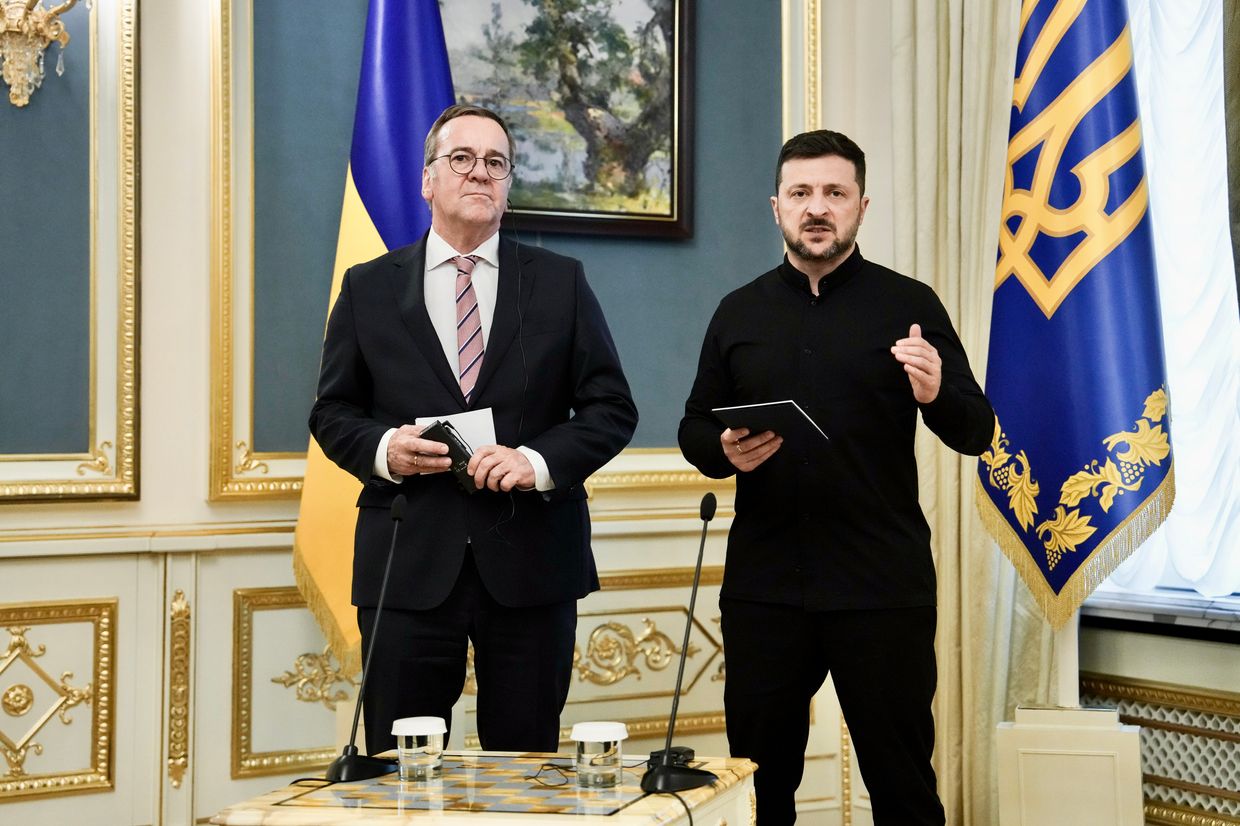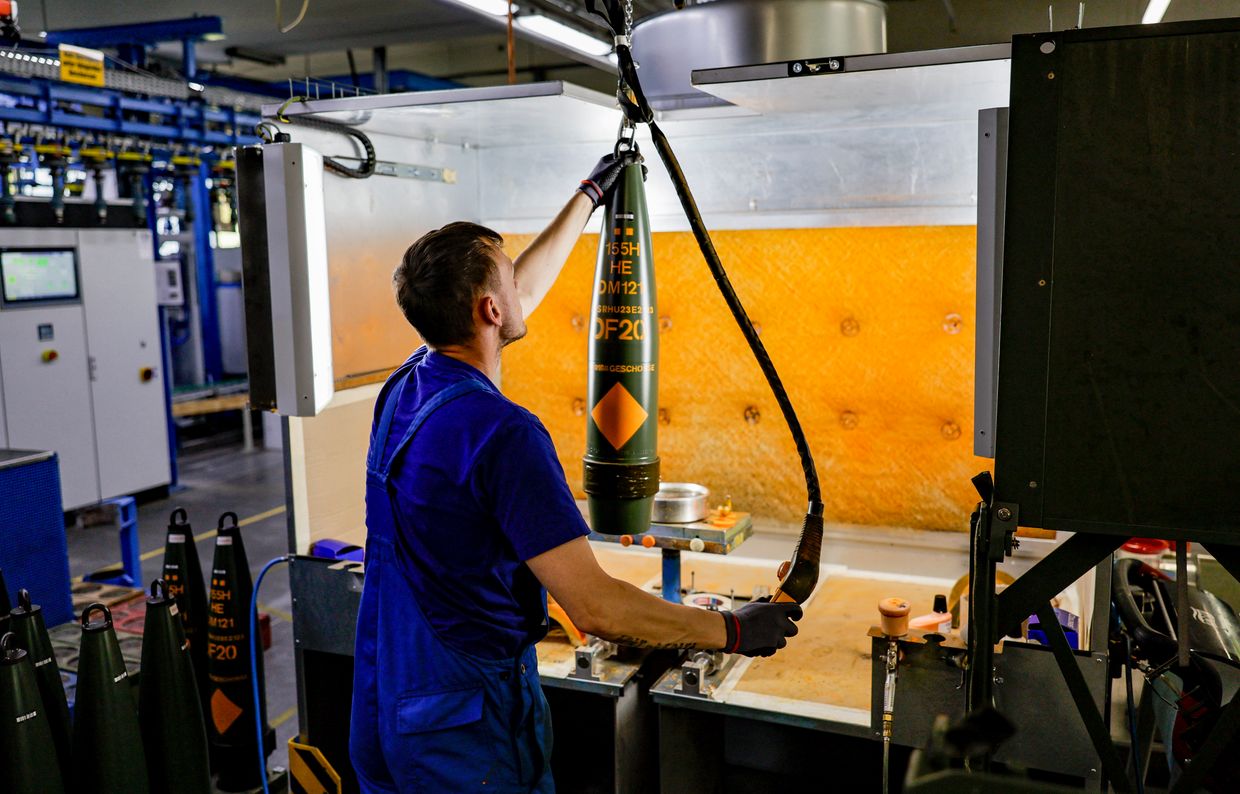EU threatens to withhold $3.3 billion over Ukraine’s failure to reform another anti-corruption agency
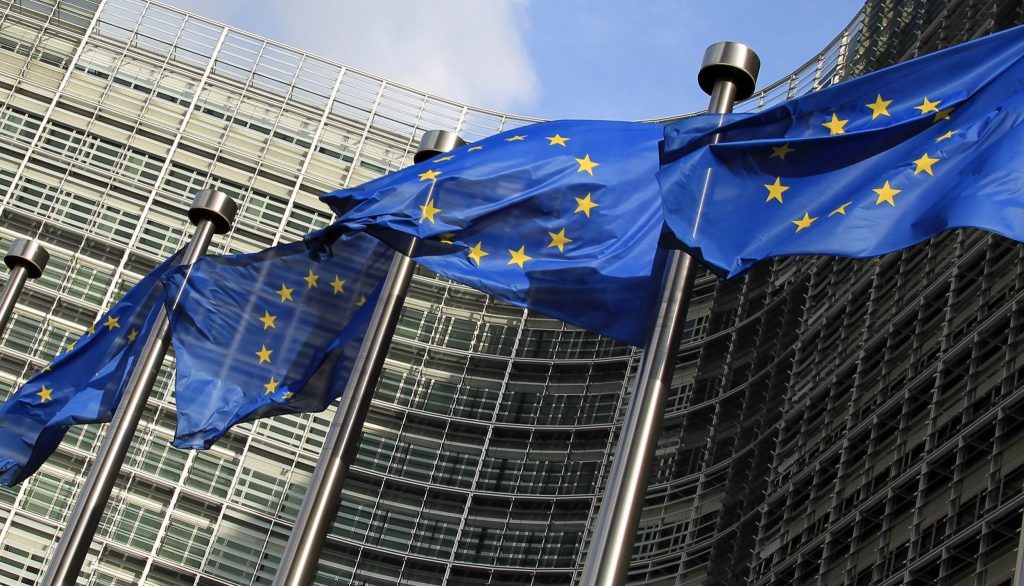
The Ukrainian government resists appointing the head of one of its anti-corruption agencies, delaying the start of its work. Meanwhile, the EU says this setback in the Economic Security Bureau (BEB) running endangers Kyiv’s credibility and $3 billion in support, European Pravda reports.
European Commission demands: appoint Tsyvinsky according to the law
The European Commission calls on the Ukrainian government to immediately appoint the head of the agency, which has already been chosen in accordance with current legislation and transparent procedures.
Oleksandr Tsyvinsky is a National Anti-Corruption Bureau (NABU) detective who won the BEB director position in June 2025. The competition involved international experts. The BEB reform is one condition for Ukraine to receive $3 billion in international aid.
Tsyvinsky leads one of NABU’s elite detective units and became known for his participation in the “Clean City” investigation. His appointment was to symbolize the restoration of trust in anti-corruption bodies.
However, on 7 July, the Ukrainian government refused to approve him, citing “security concerns” as assessed by the Security Service. In response, Tsyvinsky stated that the government’s decision “does not comply with the law.”
Confrontation with NABU: a new round of pressure
The government’s refusal to approve the competition winner marked another escalation in tense relations between Ukrainian authorities and NABU, which sharply intensified this summer.
On 22 July, President Volodymyr Zelenskyy signed the controversial bill, which curtails the NABU’s independence, as well as the liberty of the Specialized Anti-Corruption Prosecutor’s Office (SAPO), by requiring their key decisions to be coordinated with the Prosecutor General’s Office.
19 Ukrainian protest signs that are pure art (and also completely unhinged)
The law led to mass civil society protests and criticism from international partners as it contradicts Ukraine’s commitments to the EU and the US on anti-corruption reforms.
The EU has already warned diplomatically that undermining NABU’s independence will have serious consequences for further EU integration and aid volumes. The situation around BEB only deepens the trust crisis.
Business and partners demand appointment
The business community, over 124 associations and 27,000 companies, published an open letter urging the authorities not to delay appointing the competition winner.
“Kyiv must promptly appoint the BEB director according to the law on BEB reform and current procedures,” says a European Commission spokesperson.
Appointing Tsyvinsky is a key condition for advancing the BEB reform and preserving the institution’s independence. The EU enlargement report for 2024 emphasized that the competition must be transparent, based on personal merits and integrity.
The Selection Commission has sent Tsyvinsky’s documents to the Cabinet for the second time, and Europeans are closely watching whether the government will fulfill its commitments.
Read also
-
Fifty Ukrainian NGOs rise in defense of Ukrainian top anti-corruption fighter Shabunin, charged with draft dodging and fraud
-
SBU: Russian “mole” in Ukraine’s Anti-Corruption Bureau spied for FSB under former President Yanukovych’s security chief
-
Russian provocateurs try to spark anti-Zelenskyy revolution—Ukrainian media sees through operation immediately
-
Russo-Ukrainian war, day 1198: Ukrainian GenZ engineers transform TikTok drones into tank killers
